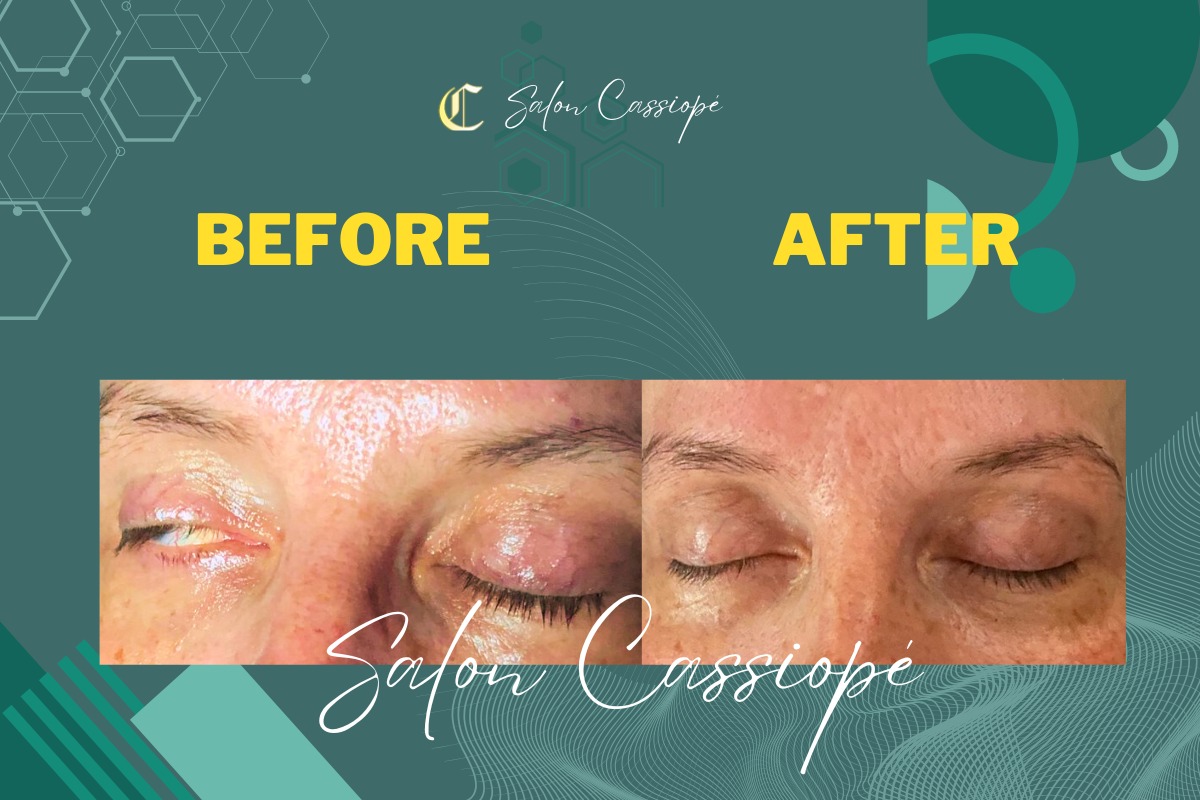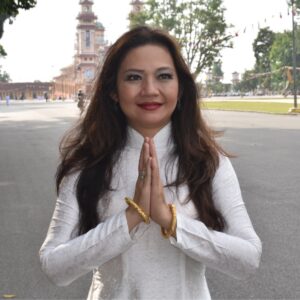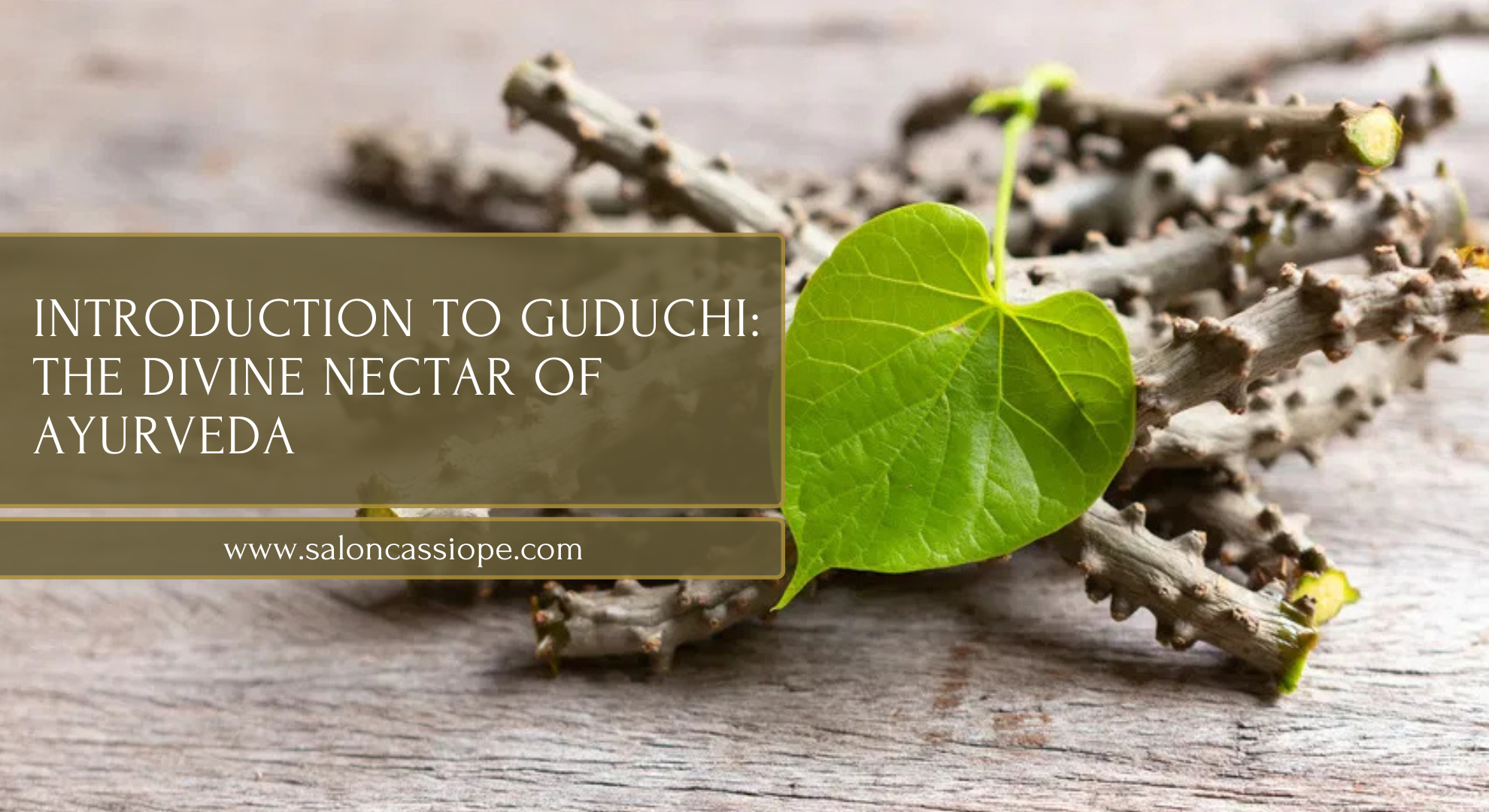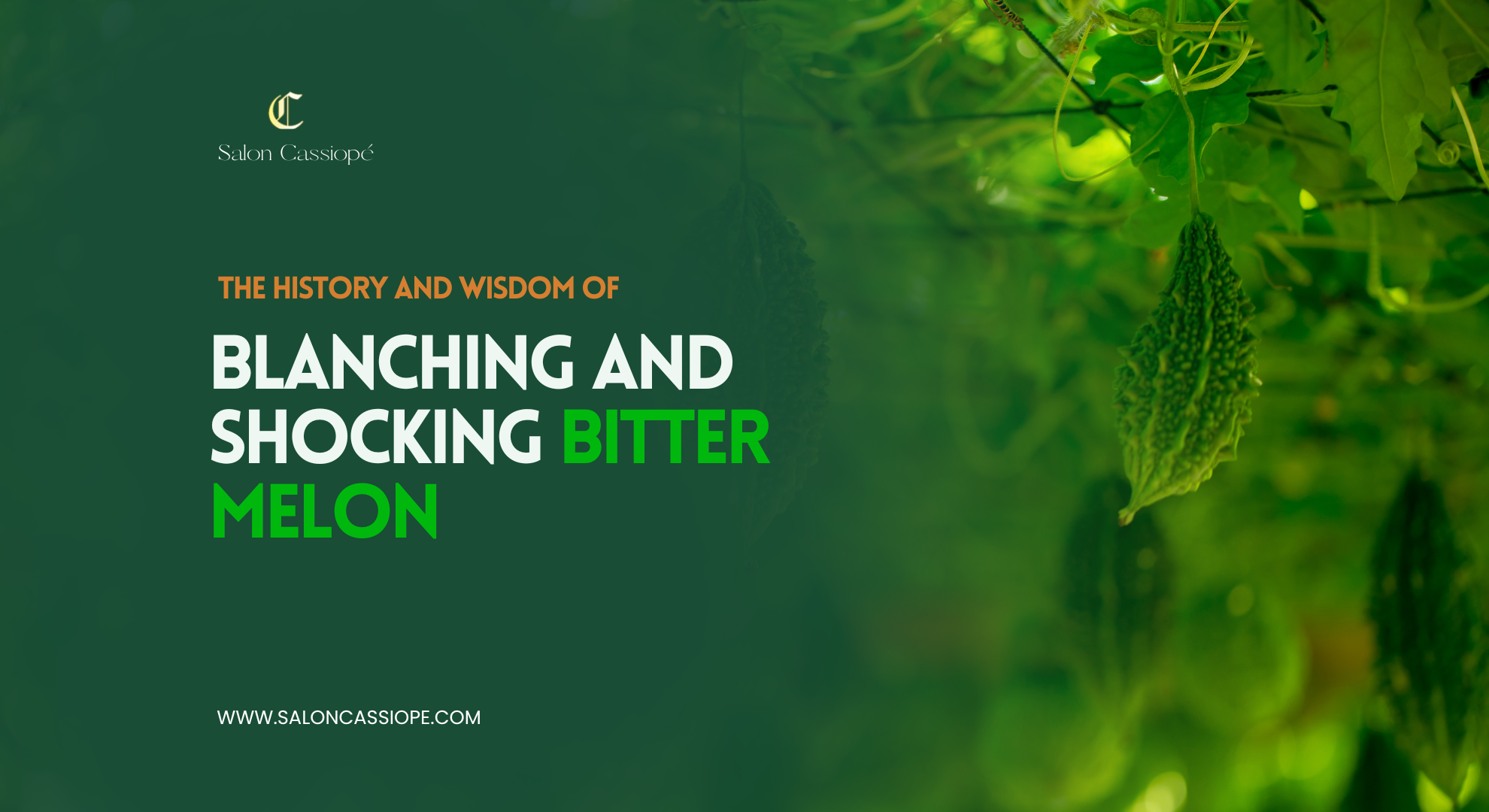Facial paralysis, a condition that affects millions of people worldwide, can be a life-altering and emotionally distressing experience. The loss of control over facial muscles can impact a person’s ability to smile, speak, and express emotions. Fortunately, there are two distinct yet complementary approaches to treating facial paralysis: Ayurvedic medicine, an ancient holistic healing system, and modern technology, which offers cutting-edge interventions. In this blog, we explore how the integration of Ayurvedic wisdom and modern technology provides a comprehensive and effective path towards recovery and rejuvenation.
Let take a look at the connection between Bell’s facial paralysis, facial muscles, the nervous system and the Temporal nerves, .
- The facial nerves of the temporal branch carry motor fibers that provide facial expressions to:
1. Occipitofrontalis (frontalis muscle): Action of Elevates eyebrows, wrinkles skin of forehead and retracts the scalp.
2. Corrugator supercilii muscle when contracted, these muscles draw the two eyebrows together medially and inferiorly, thereby producing vertical wrinkles over the glabella and an expression of frowning
3. The orbicularis oculi is located in each eye socket ( called Orbital ) surrounds each eye which assists to closes the eyelids, The orbital section of the orbicularis oculi is more involved in the voluntary closure of the eyelid, and helps in pumping the tears from the eye into the nasolacrimal duct (tear duct )system.
- The zygomatic branch – innervating the middle part of the face
- The buccal branch – innervating the cheek muscles, including the buccinator muscle
- The mandibular branch – innervating muscles of the lower part of the face
- The cervical branch – innervating the muscles below the chin and, among others, the platysma muscle.
One or more of these nerves become damaged, weakened or inflamed which causes paralyzed of the muscles.
Understanding Bell Facial Paralysis
Bell facial paralysis is also known as Bell’s palsy, is characterized by a sudden weakening or paralysis of the muscles on one side of the face.
This condition can occur when the facial nerve, the seventh cranial nerve, becomes inflamed, compressed, or damaged. The facial nerve controls the muscles that enable facial expressions, including smiling, frowning, and blinking.
Although the specific origin of Bell’s palsy is not always known, viral infections, notably the herpes simplex virus (HSV), which causes cold sores, are thought to be involved.
Other viruses, such as the varicella-zoster virus (VZV) and Epstein-Barr virus (EBV), have also been associated with Bell’s palsy. Sometimes, viral infections that cause swelling or inflammation of the facial nerve can put pressure on the nerve as it travels through a small bone canal in the skull, causing facial weakness or paralysis on one side.
Symptoms of Bell’s palsy typically develop suddenly and reach their peak within 48 hours.
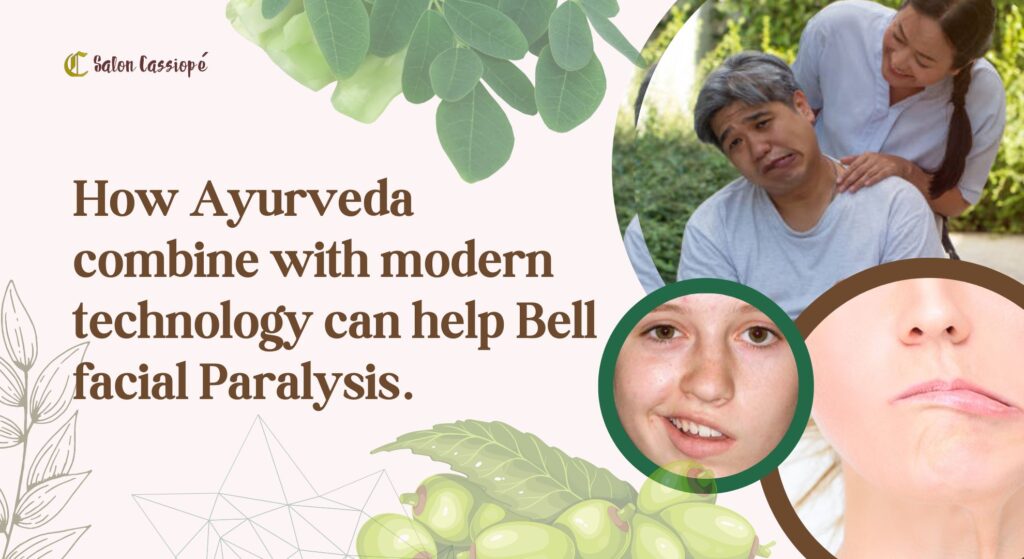
The most common signs include:
Facial drooping
The affected side of the face may appear to droop, making it difficult to smile or close the eye fully.
Eye problems
Bell’s palsy can make it difficult for the afflicted eye to close, which can cause dryness, discomfort, and an elevated risk of corneal injury. Excessive tears may also happen occasionally.
Altered taste and sensitivity
Some individuals with Bell’s palsy may experience changes in taste perception and heightened sensitivity to sounds on the affected side.
Difficulty speaking and eating
Weakness in the facial muscles can make it challenging to speak clearly and control food in the mouth while eating.
The condition predominantly affects one side of the face, and symptoms may vary from mild to complete paralysis.
It is important to note that Bell’s palsy is usually temporary, and most people experience significant improvement within a few weeks to several months. However, in some cases, some individuals may have residual facial weakness or other long-term effects.
Ayurvedic Treatment for Facial Paralysis
Ayurveda, a traditional Indian medical system, believes that facial paralysis is caused by an imbalance of the Vata dosha, which governs movement and nerve functions. The primary goal of Ayurvedic treatment is to restore harmony between the three doshas—Vata, Pitta, and Kapha—through personalized therapies and lifestyle modifications.
Panchakarma:
Panchakarma is a well-known Ayurvedic detoxification process that involves five purification therapies. For facial paralysis, therapies like Abhyanga (oil massage), Shirodhara (head oil pouring), and Nasya (nasal administration of oils) are often recommended to promote nerve regeneration and reduce inflammation that helps
relaxing the muscles and nerves which allow the parasympathetic nervous system restore and repair.
Facial muscles and the nervous system are closely related. The nervous system controls all voluntary and involuntary movements in the body, including the muscles of the face. Facial expressions are produced by the contraction and relaxation of specific facial muscles, and these movements are controlled by the facial nerve (cranial nerve VII) and other branches of the nervous system.
Ayurvedic Medicines: Herbal formulations are prescribed to improve blood circulation, reduce inflammation, and strengthen nerves. Herbs containing Ashwagandha, Brahmi, and Bala are commonly used to support nerve regeneration and muscle tone.
Ayurvedic oils and herbal cream remedies massage to help relieve, restore and strengthen muscles and nerves which helps to repair and recover.
Yoga and Pranayama: Specific yoga postures and breathing exercises can enhance blood flow to facial muscles and improve overall well-being. Practices like Bhujangasana (Cobra Pose) and Anulom Vilom (Alternate Nostril Breathing) can be beneficial.
Dietary Recommendations: A balanced diet is crucial in Ayurveda. Including warm, nourishing foods and avoiding cold, heavy, and processed foods can help maintain digestive health and support the body’s healing processes.
Modern Technology in Facial Paralysis Treatment
Electrical Stimulation: Neuromuscular electrical stimulation (NMES) is a non-invasive method that delivers electrical impulses to paralyzed facial muscles, helping to stimulate muscle contractions and reduce muscle atrophy.
Botulinum Toxin (Botox): In some cases of facial paralysis, the injection of botulinum toxin can help relax overactive muscles, reducing facial asymmetry and improving facial appearance.
Nerve Regeneration Therapies: Advances in regenerative medicine have opened new possibilities for nerve repair and regeneration. Techniques like nerve grafting and nerve growth factor administration aim to restore damaged facial nerves.
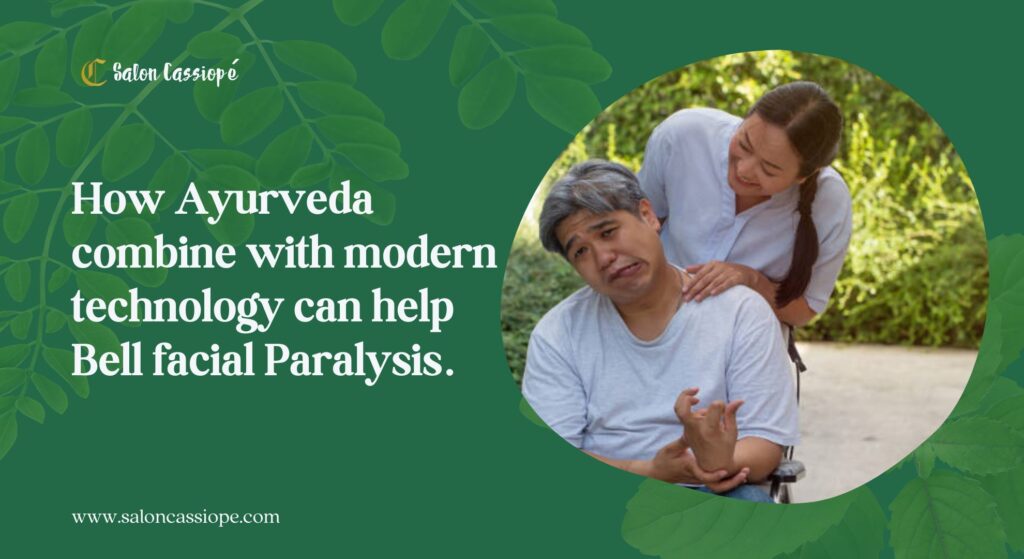
Combining Ayurvedic and Modern Approaches
The integration of Ayurvedic principles with modern technology offers a holistic and multi-dimensional approach to facial paralysis treatment. By combining the strengths of both systems, patients can experience enhanced healing and improved outcomes.
Individualized Treatment Plans: Ayurveda’s emphasis on personalized treatments aligns with modern medicine’s patient-centric approach. Integrating both methodologies allows for tailored therapies that address a patient’s unique needs.
Synergy of Healing Modalities: Ayurvedic treatments can prepare the body and mind for modern interventions, optimizing the effectiveness of physical therapy, electrical stimulation, or regenerative therapies.
Reducing Side Effects: Ayurvedic therapies, known for their gentle nature, can help minimize the side effects of modern treatments like Botox injections or surgical procedures.
Emotional Well-being: Ayurveda places great importance on mental and emotional well-being. The incorporation of Ayurvedic practices, such as meditation and herbal remedies for stress, can aid patients in coping with the emotional challenges of facial paralysis.
Conclusion
Our faces are a canvas of emotions, brought to life by the intricate connection between facial muscles and the nervous system. From the crinkle of a smile to the furrowing of eyebrows in contemplation, these expressions define our humanity. Understanding the profound relationship between facial muscles and the nervous system deepens our appreciation for the complexities of our bodies and enhances our comprehension of human interactions.
Ayurveda explains daily preventive healthcare routine as ‘Dinacharya’. The word Dinacharya is made up of two terms i.e. Dina = Daily, Charya = Activities. Thus the activities which need to be followed daily by every individual to maintain a healthy lifestyle are called Dinacharya.

